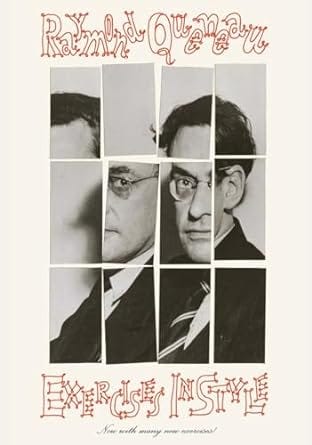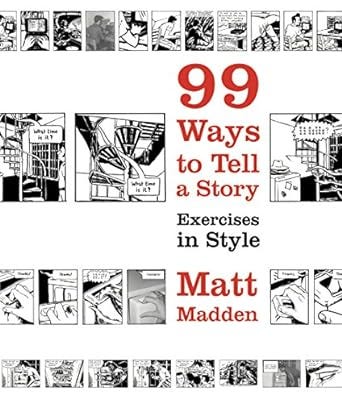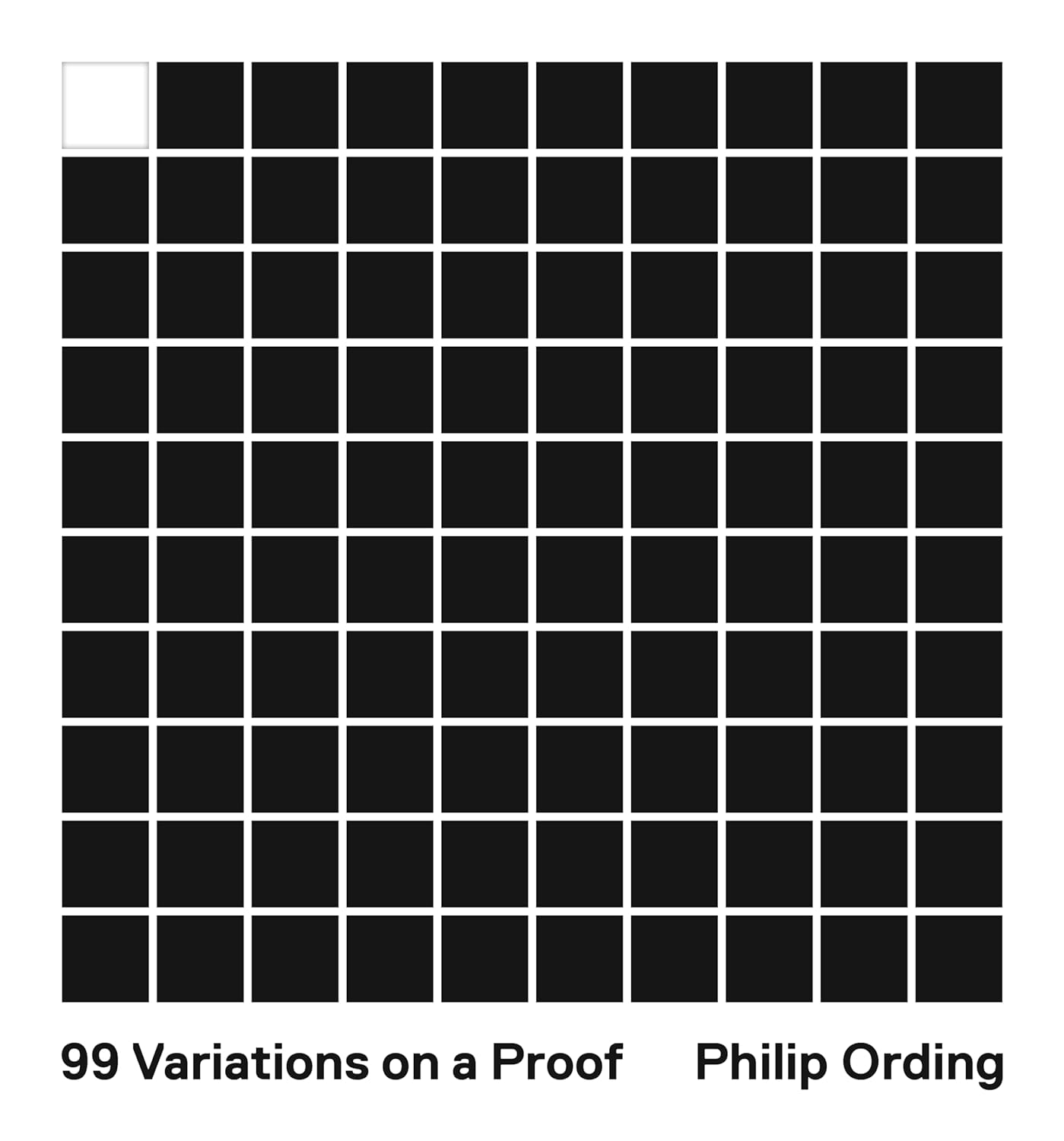Review of 99 Variations on a proof
It was, surely, only a matter of time before someone would take Raymond Queneau’s idea of exercises in style and apply it to mathematics. In case you’re not familiar with the ‘exercises’, I’m referring to Exercises in Style, in which Queneau takes a very simple and banal story and rewrites it in a variety of styles. Matt Madden took the idea and ran with it in the field of comic art. I took up the idea and used it as the foundation of my ‘experiments in style’ series. I wrote about these variations in the article Experimenting with styles. Incidentally, Matt Madden now has a Substack newsletter called Build your own labyrinth: constraints and creativity.


Queneau, along with a friend called François Le Lionnais1, started the movement known as Oulipo, which roughly translates as ‘workshop of potential literature’. It’s based on the use of constraints. Hence Queneau’s proposition that Oulipians are rats who build the labyrinth from which they then try to escape.
So much for background, except to say that the application of the ‘exercises’ idea to mathematics is absolutely apposite, for two reasons.
Firstly, Queneau was an amateur mathematician. It was he, after all, who devised the Hundred Thousand Billion Poems, which is based on the mathematics of combinations. The author wrote ten sonnets. Each of the 14 lines of each one can be cut out and used in any of the other poems. The result is more possible sonnets than one could ever hope to read in several lifetimes.
Secondly, the early Oulipians in particular were interested in how mathematics and literature could be combined. Calvino, for example, wrote about using cybernetics in literature, while his If On A Winter’s Night a Traveller includes a technique for learning about the gist of a book by counting up the number of times a word like blood, or murder, for example, occurred. This was several decades before the invention of word clouds.
Indeed, the author of 99 Variations, Philip Ording, states:
My motivation for this project, from beginning to end, has been to try to conceptualize mathematics as a literary or aesthetic medium.

What Ording does is take a theorem and provide 99 proofs of its correctness. The theorem is:
If x^3-6x^2-6=2, then x=1 or x=4.
Personally, I’m prepared to take Ording’s word for it, but if you harbour any doubts then, as the title suggests, he has kindly provided 99 proofs. Even if you don’t understand the maths involved, this book is a joy to read, for three reasons.
Firstly, the sheer inventiveness of many of the proofs, some of which I’m going to borrow for my own experiments. For example, one of them is sign language, another is in the form of a screenplay. Several are very visual, such as blackboard. Others are, frankly, bonkers, but enormous fun. I particularly like “Paranoid”, in which all the letters used in a different exercise in the book have been arranged in alphabetical order.
Secondly, each proof is fully explained in a way that non-mathematicians can understand.
Thirdly, and following on from that, the book is eminently readable, and enjoyable to read. I’m reasonably certain that had the maths textbooks I was given in school been more like this I’d have done much better in my exams than I did.
So I would recommend this book even if you don’t think of yourself as mathematically inclined. If you are a maths aficionado then I think you’ll get even more out of it.
You may also enjoy some other examples of variations on a theme that I’ve unearthed: Blasts from the past.
Paid subscribers also have access to my Experiments in Style Extra posts, in which I delve behind the scenes to provide more explanation.
Thanks to Matt Madden for pointing out my spelling error in the original version of this review.


Intriguing. As a mathematician and an artist… I had to stop reading this halfway through the first time. When I came back later, I mentally drew a chart to help myself understand what had caused the angst on the first read through. So many names and weird trajectories! But when I concentrated harder and visualised all the connections, it was much better. (It was like you’d thrown a pack of cards at me and I was trying to make sense of them! Our brains all work SO differently.) Anyway, an interesting read. Thanks so much.
Thanks for the mention! I have enjoyed spending time with this book as well. I would love to hear an actual mathematician walk us through it some time.